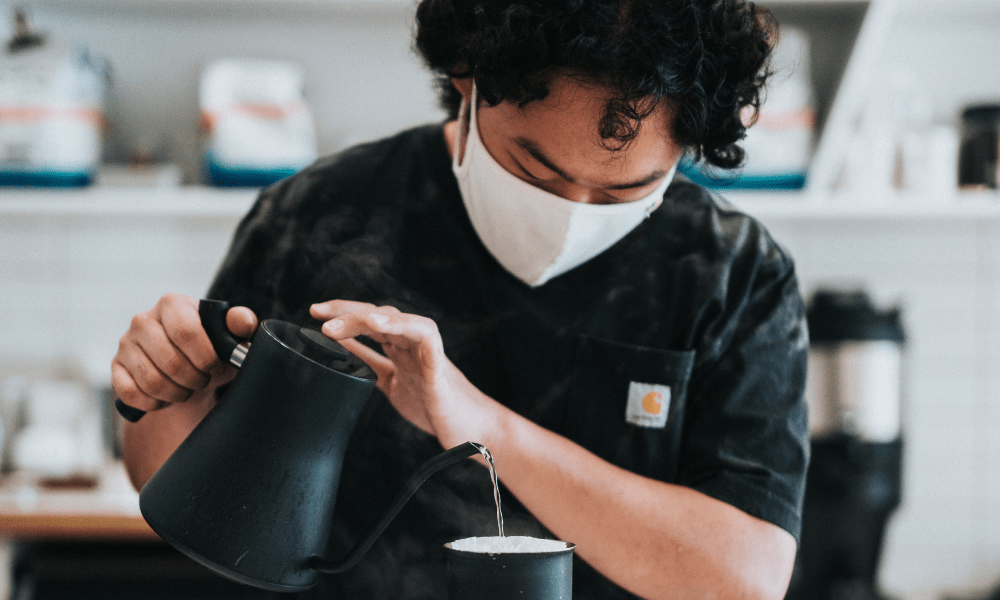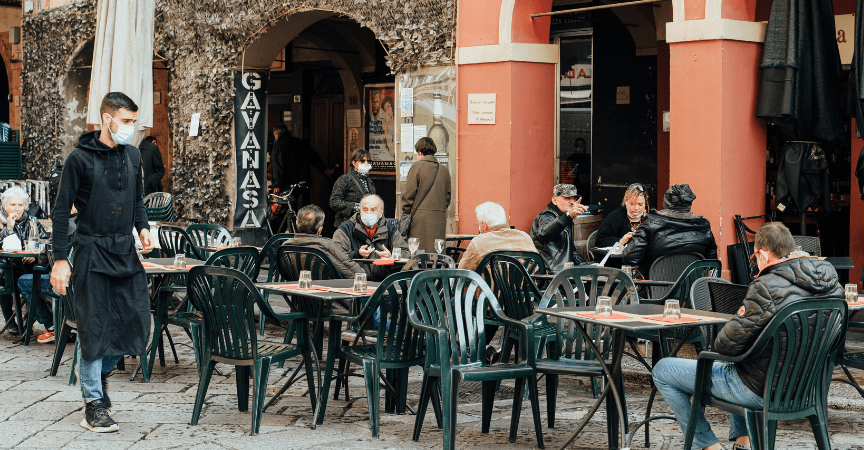How COVID-19 Changed Restaurant Dining Forever
By David Hopkins, President of The Fifteen Group
As we approached restaurant reopenings this spring, it was clear that operators across the country were thrilled – they would finally be able to open their doors again and rebuild their businesses. But the sentiment among consumers has been less obvious; while some people have been incredibly keen to return to restaurant dining, others are more hesitant and resistant to jump right back in.
At The Fifteen Group, we surveyed 400 Canadians to get a deep understanding of their attitudes and behaviours towards restaurants, including indoor, outdoor, and takeout dining, and how they’ve changed since the onset of the pandemic. Reopenings don’t spell a return to normalcy. Speaking with consumers and restaurant operators alike has reiterated that just because a restaurant is open doesn’t mean they are guaranteed success or strong business.
Based on our findings and first-hand knowledge of restaurant operations, there are a few key ways in which restaurant dining has changed forever due to the pandemic. Firstly, many restaurants had to completely rethink their profit models during Covid, either out of necessity to survive or to take advantage of the seller’s market. Restaurant menu prices have gone up in many places as operators realized that consumers were willing to spend more and they could improve their profit margins. And while this trend was largely born out of necessity, most restaurants will keep their prices up or raise them further; with capacities not yet at 100% and still reeling from the financial hardships of the last year, restauranteurs will want to maximize their profits right now.
Interestingly, this move is largely accepted by consumers. Our survey found that, out of 400 respondents, 62% of consumers support a 5% increase in menu prices, and 30% would support a 10% menu price increase. So as restaurants begin to financially recover from the last year or rethink their profit models going forward, they will have the majority of consumers’ support in raising their menu prices. But this also indicates that it will be the norm going forward for restaurants to raise prices and consider the margin of their dishes more carefully. Especially if they’ve seen the impressive impact that raising prices slightly can have on profitability, they are likely to keep doing so going forward.

We also looked into consumer tipping behaviours at restaurants, both during and post-Covid. 42% of consumers tipped 15% at restaurants during Covid, and 42% also plan to continue tipping 15% post-Covid. So it’s clear that tipping averages didn’t waver during the pandemic and periods of financial hardship for many; diners upheld their tipping behaviours and plan to continue doing so post-Covid.
The nature of restaurant dining has also been forever changed by the upswing of food takeout delivery this past year. Many restaurants either bolstered or introduced takeout and delivery services to keep sales up with restaurant shutdowns and dining restrictions. Even upon reopening, this is likely to stick around, as many operators have seen this revenue stream’s success and popularity. In fact, 52% of consumers said they would continue to order takeout and delivery ‘the same amount as during the pandemic,’ even once restaurants reopen. So operators would do well to keep up their (sometimes newly formed) takeout and delivery programs, even when indoor/outdoor dining reopens, for consumers who are hesitant to return to in-person dining or have just become accustomed to ordering in.
Restaurant dining is also forever changed in terms of guest experience. Throughout the pandemic, based on health and safety concerns, diners began scrutinizing restaurants more closely and placing more of an emphasis on customer service. Whereas cleaning and sanitization protocol used to happen behind the scenes, it suddenly became necessary for operators to make it public knowledge and explicitly communicate their commitment to guest safety.
Eating at restaurants during Covid and immediately following reopenings became more than just a casual affair. Consumers put a lot of thought and trust into choosing a spot based on who they wanted to support and where they would feel safe, and expected a high level of service and excellent experience in return.

As such, the stakes are higher for restaurant operators now; the key to success for restaurants post-Covid is that guest experience must be an 11 out of 10. The good news is that consumers want to support restaurants and keep them alive – 28% (the majority) ranked the importance of supporting restaurants post-Covid as a 10/10. Still, they understand that their business can be the difference between keeping a restaurant open or not, so they will prioritize places that they feel strongly about supporting and that demonstrate a high level of care and service.
It’s clear that 2020 has completely reshaped the way we interact with restaurants for the long term, from the price of our bill to how we rate our experience. And although the last year has been incredibly tough for restaurants, it has also introduced some positive changes. The pandemic has allowed operators to raise prices, backed by consumer support, and diversify their business by breaking into new revenue streams and value propositions. Covid also exposed the fragility of the hospitality industry in many ways, with its incredibly tight profit margins and little room for error in operation. So maybe the most powerful change of all has been the public’s realization of this weakness and their newfound drive to keep restaurants alive, even after we emerge from this pandemic. And that’s a sentiment that we hope rings true for many years to come.









